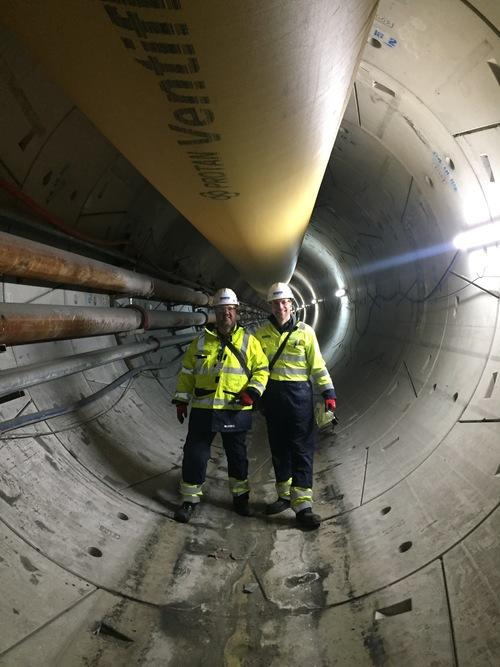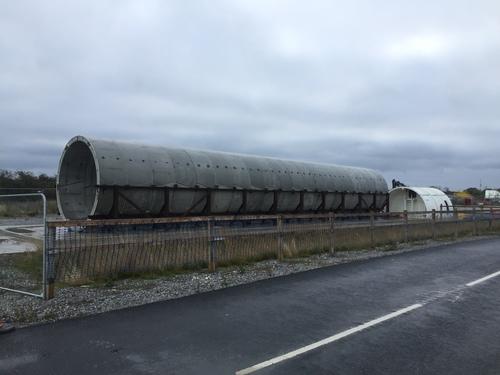In 2014, the English gas supplier National Grid issued a tender to replace the pipeline under the Humber River. 20% of the natural gas used in England is transported through this pipeline. The location of the pipeline is worrisome because it is close to the mouth of the river in the North Sea. Due to the tide with a height difference of 6 meters, a very strong current is created. As a result of this current the gas line gets more and more exposed. To solve this problem, a 5 km long tunnel with a diameter of 4 meters is constructed at a depth of 31 meters under the river. One of the requirements is that the tunnel has a lifespan of 120 years. The gas line is assumed to have a service life of 40 years.
The Dutch family company A. Hak won the tender for the construction of the pipeline thanks to a smart and sustainable solution for installing the transport pipeline: a pipeline floating on river water.
A pipeline floating on water is certainly innovative, but it also introduces new risks because it increases the risk of microbiologically influenced corrosion (MIC). That is why Microbial Analysis has been asked to look at the biological activity of the water that will be pumped into the tunnel.
The research shows that the brackish river water from the Humber contains a high concentration of organic material as well as a high concentration of sulphate. These are ideal conditions for the development of MIC corrosion and therefore for the formation of the highly corrosive hydrogen sulphide.
When oxygen is not available, certain bacteria can use sulphate as “alternative breathing”, converting it to sulphide (usually hydrogen sulphide). We call this sulfate reduction. There are two routes for sulphate reduction, involving bacteria. The best known is the reduction route in which bacteria use chemical compounds from organic material and produce H2S. In the second route, the bacteria extract electrons from the metal surface. The bacteria dissolve iron and produce sulphide. This leads to pit corrosion, which is very characteristic for MIC corrosion. A well-designed cathodic protection system, is an effective way to prevent the growth of these bacteria on the metal surface, but cannot prevent the formation of H2S.
H2S formation, recognizable by the smell of rotten eggs, is highly undesirable because it is corrosive and can affect the metal pipeline. But that is not the only problem: it is also toxic and explosive. That is why we have investigated various ways to prevent the production of hydrogen sulphide.

Two measures can be taken to ensure that the chances of sulphide formation are minimized.
The first measure is to treat the water that will be used to support the pipeline with a water treatment system that consists of several filtration steps including membrane filtration. With this form of sulphate removal, ample experience has been gained in the oil industry for oil extraction at sea. Thanks to the membrane technology, approximately 99% of the sulphate can be removed from the water. In addition, this technology also filters the organic material, including bacteria, from the water.
What makes this project special is that we are already involved in the design phase. Due to our close collaboration with our client in this phase we can prevent problems and damage by MIC corrosion in the future as much as possible. This not only saves money, but also contributes to the safety and sustainability of the pipeline.

If you want to know more about the prevention of microbiologically influenced corrosion, please contact Rob Elzinga,
elzinga@microbialanalysis.com
